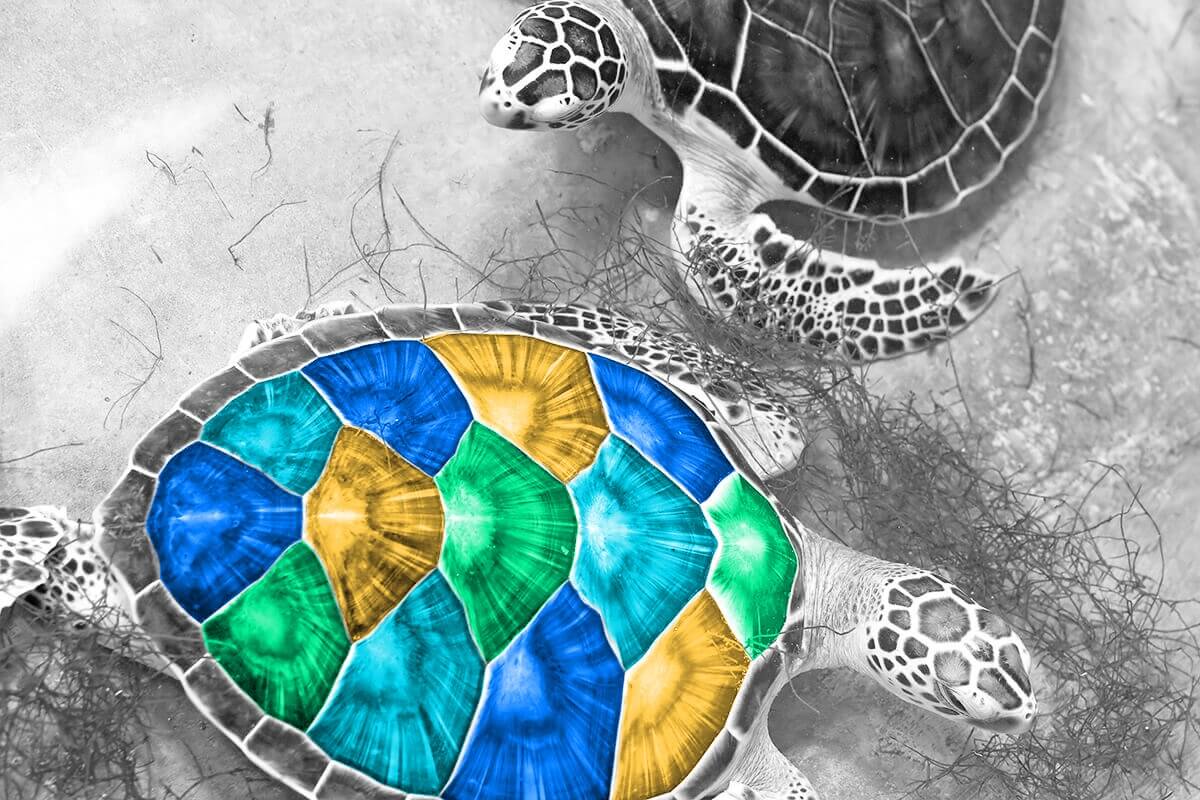
Only 19% of the ocean’s floor has been mapped in detail.
Despite covering most of the Earth, much of the ocean has yet to be explored — or even mapped. A 2014 seafloor map developed by an international team of researchers revealed every oceanic feature larger than about 3 miles across, which means we have a strong sense of underwater mountains, but smaller objects — like centuries-old shipwrecks — continue to elude us.
The Nippon Foundation-GEBCO Seabed 2030 Project hopes to survey the entire ocean floor in detail within the next nine years. As of 2020, they estimated that 19% of the seafloor had been mapped in detail. (Precise resolutions vary with the depth of the ocean, but the project hopes to use a minimum grid of about 800 x 800 meters — or 2,625 x 2,625 feet — for the deepest portions.) They're working quickly: When the project began in 2017, only 6% of the seafloor was mapped in detail. Yet they still have an area roughly twice the size of Mars to cover.
The ocean is blue because it acts as a kind of sunlight filter, absorbing colors from the red part of the light spectrum (long wavelength light) and leaving behind those in the blue spectrum (short wavelength light). What’s more, the ocean’s surface isn’t always blue — depending on what sediments and particles are floating in a given area, the light hitting them may result in a green or even reddish tint. There’s also the fact that most of the ocean has no color whatsoever: Very little light penetrates past a depth of 656 feet (the so-called “twilight” zone), and none at all makes it past 3,280 feet (the “midnight” zone).

